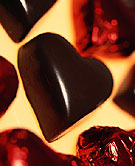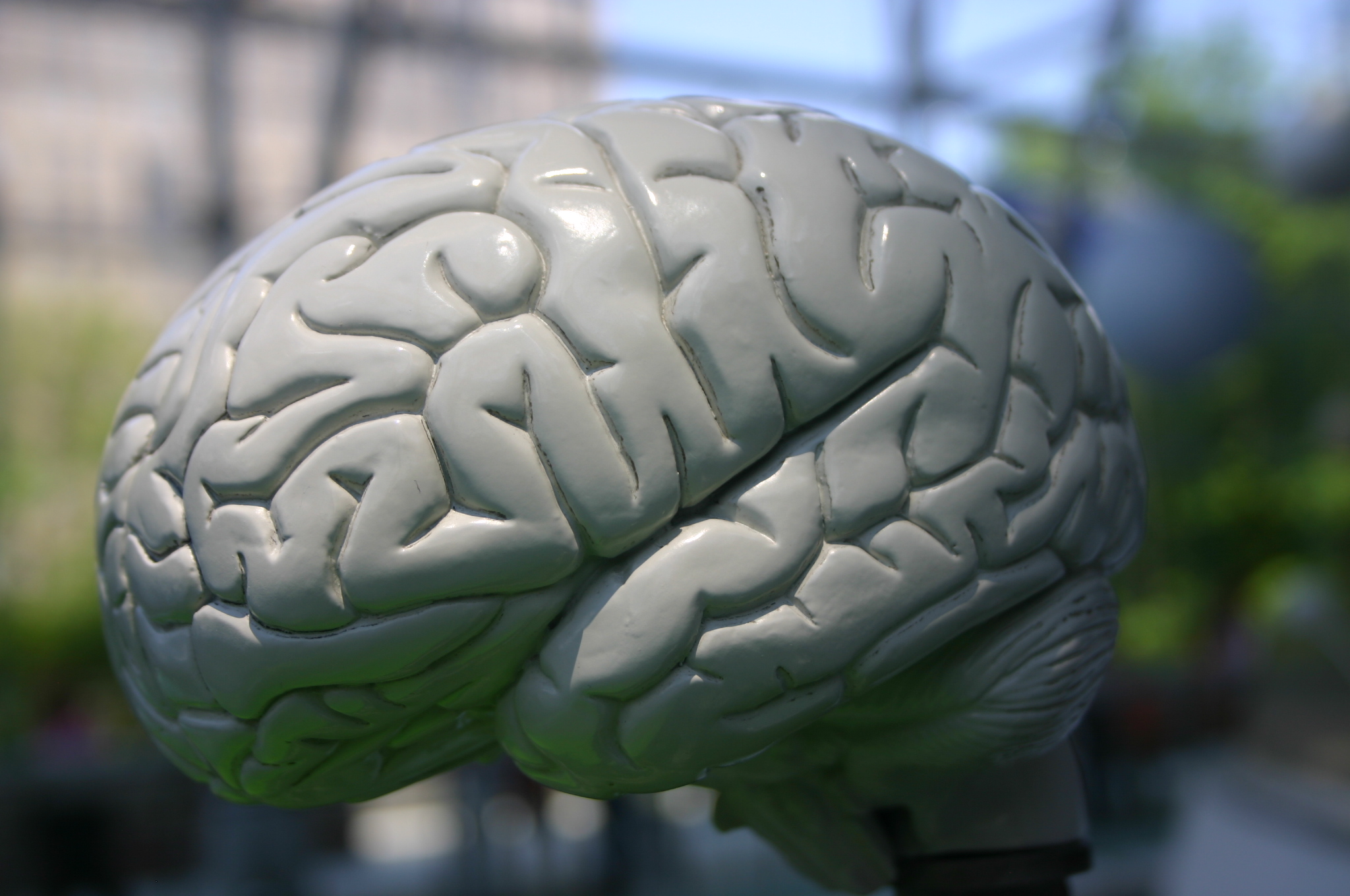
WEDNESDAY, March 3 (HealthDay News) — In news that’s sure to delight chocolate lovers, a Harvard study finds that a couple of squares of dark chocolate a day might reduce the risk of a hemorrhagic stroke, by 52 percent.
Unfortunately for chocolate fans, though, the same research also found that chocolate does not appear to have a protective benefit for the most common type of stroke.
People who have a stroke have either an ischemic or a hemorrhagic stroke. An ischemic stroke occurs when a blood vessel that supplies blood to the brain becomes blocked, either partially or completely. This type of stroke accounts for about 80 percent of all strokes, according to the U.S. National Institute of Neurological Disorders and Stroke. Hemorrhagic strokes, which occur when a blood vessel in the brain bursts and bleeds into the brain, make up about 20 percent of all strokes.
“There are several possible mechanisms, but the effect of rich cocoa on cardiovascular health seems to be through its effect on blood pressure, and the capacity to improve the flexibility of the blood vessels,” said study author Dr. Martin Lajous, a doctoral candidate at the Harvard School of Public Health in Boston.
“In the context of an appropriate intake, eating small amounts of cocoa could be beneficial,” Lajous said.
But Lajous added that “it’s difficult to understand why it appears to just benefit hemorrhagic stroke.”
The findings were to be presented Wednesday at the American Heart Association’s conference on cardiovascular disease epidemiology and prevention in San Francisco.
The benefit attributed to cocoa stems from substances it contains known as flavonoids, which are believed to help protect against certain cardiovascular disease risk factors, such as blood pressure and blood clotting.
In the study, the researchers reviewed data from 4,369 middle-age French women, none of whom had any evidence of heart disease at the start of the study in 1993. The women’s average body-mass index was 23, a number that’s considered normal weight.
When the study began, the women provided a detailed account of the foods they’d eaten over a 24-hour period. The researchers calculated the cocoa intake by looking for seven foods in particular: plain chocolate bars, candy bars, chocolate drinks, chocolate mousse, chocolate-filled croissant, cookies with chocolate and cakes containing chocolate.
In the next 12 years, 493 of the women were diagnosed with some type of cardiovascular disease: 200 had heart attacks and 293 had a stroke. Of the strokes, 189 were ischemic and 91 were hemorrhagic.
After adjusting the data to account for known cardiovascular disease risk factors — such as smoking, physical activity, weight, blood pressure and cholesterol levels and diabetes — the researchers found no statistically significant association in the risk for cardiovascular disease between the highest levels of cocoa consumption and the lowest.
However, when they broke down the data by type of stroke, they found a statistically significant reduction for women who’d had hemorrhagic strokes and had consumed the most chocolate. In women who ate more than 9 grams of chocolate daily, the risk for hemorrhagic stroke was 52 percent lower than it was for those who consumed less than 0.1 grams of chocolate a day.
Lajous said that 9 grams is about two or three squares of chocolate, and he noted that the French women in the study usually consumed dark chocolate, containing about 35 percent cocoa.
“Our results are intriguing, but need to be confirmed in other studies,” he said.
And not everyone is on board with the concept.
“It would be great if chocolate really worked to prevent heart disease and stroke, but I think it’s wishful thinking,” said Dr. Keith Siller, medical director of the Comprehensive Stroke Care Center at the New York University Langone Medical Center in New York City. “Although the idea that flavonols — the bitter part of the chocolate — can help your cardiovascular health may have some merit, there’s no strong scientific proof.”
Also, he’s puzzled by the study’s finding that cocoa might protect against one type of stroke but not the other. “It’s hard to understand why there’s no benefit for heart disease and ischemic stroke,” Siller said. “Anything that helps stroke should help both types.”
People who add such things as chocolate or red wine to their diet with the hope of helping to prevent heart disease, he said, also need to be aware that they’re taking in additional calories. “If you start adding weight, you may give yourself additional risk factors for stroke and heart disease,” Siller said.
More information
The U.S. National Institute of Neurological Disorders and Stroke has more about stroke.

